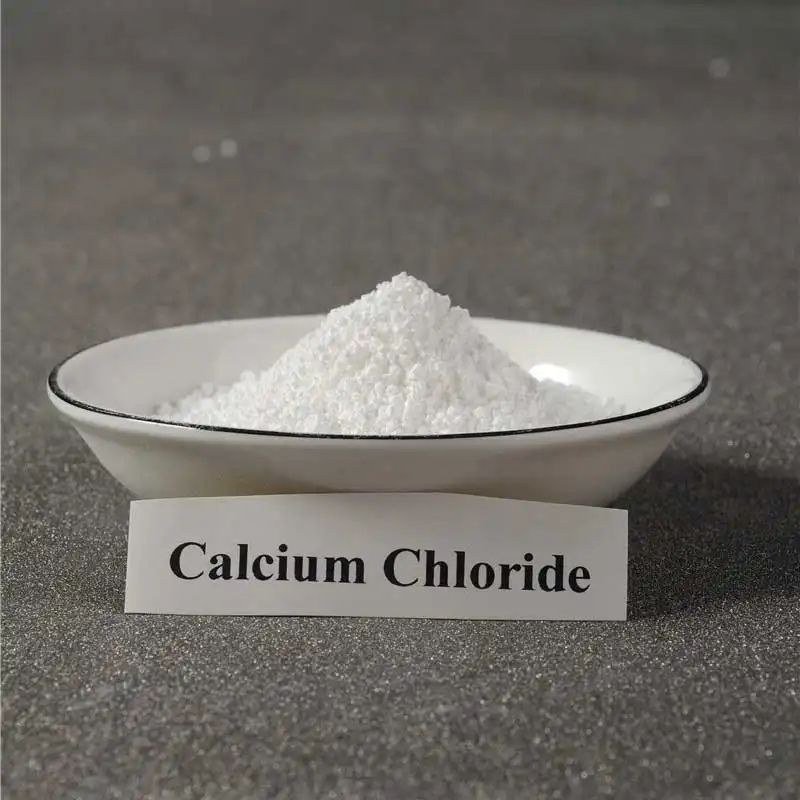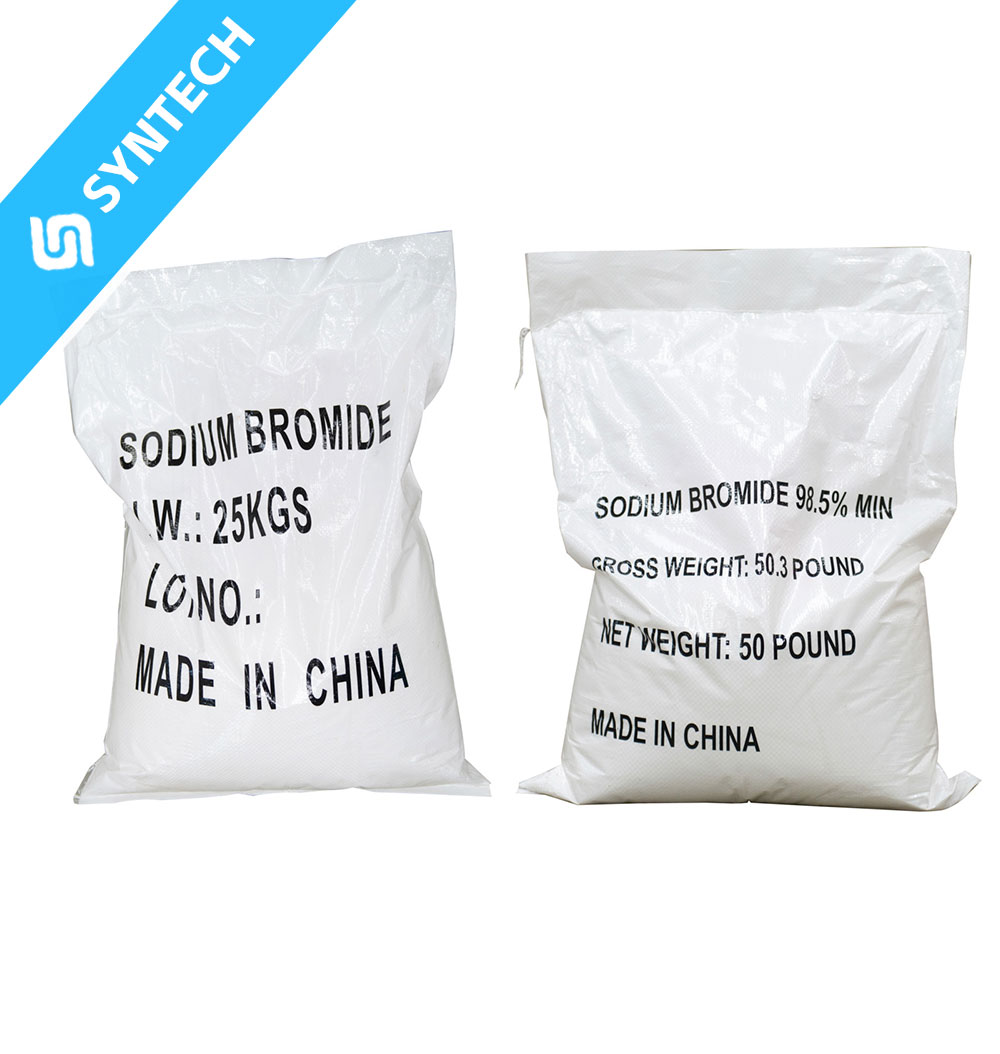1. Introduction to Sodium Bromide in Oilfield Applications
Sodium bromide (NaBr) has emerged as a critical component in modern drilling and completion fluids due to its unique chemical properties and operational advantages. This inorganic salt, with a chemical formula of NaBr and molecular weight of 102.89 g/mol, offers distinct benefits in various downhole applications. The compound forms colorless cubic crystals at standard conditions and demonstrates excellent solubility in water (approximately 90 g/100 mL at 25°C), making it particularly suitable for formulating high-density brine solutions.
In oilfield operations, sodium bromide serves multiple functions:
- Density control agent for wellbore pressure management
- Shale stabilizer in water-sensitive formations
- Corrosion inhibitor in high-temperature environments
- Compatible fluid base for completion operations
The global market for sodium bromide in oilfield applications has shown steady growth, with an estimated compound annual growth rate (CAGR) of 4.2% from 2020 to 2027, driven by increasing demand for high-performance drilling fluids in challenging formations.
2. Chemical and Physical Properties Relevant to Drilling Operations
2.1 Fundamental Characteristics
Sodium bromide possesses several intrinsic properties that make it valuable for drilling and completion fluids:
- Density contribution: NaBr solutions can achieve densities up to 12.5 lb/gal (1.5 SG) at saturation
- Freezing point depression: Effective for operations in cold environments
- pH stability: Neutral pH range (6.5-7.5) minimizes formation damage
- Thermal stability: Maintains performance up to 400°F (204°C)
2.2 Solution Properties
The behavior of NaBr in aqueous solutions directly impacts its field performance:
- Ionic strength: High ionic strength provides excellent shale inhibition
- Viscosity effects: Minimal impact on fluid rheology compared to polymer-based systems
- Compatibility: Miscible with most common oilfield brines (NaCl, KCl, CaCl₂)
Table 1: Comparative properties of common brine solutions
| Property | NaBr (Saturated) | CaCl₂ (Saturated) | NaCl (Saturated) |
|---|---|---|---|
| Density (lb/gal) | 12.5 | 11.6 | 10.0 |
| Crystallization | 92°F (33°C) | 5°F (-15°C) | 32°F (0°C) |
| Corrosivity | Low | Moderate | Low |
3. Mechanisms of Action in Drilling Fluids
3.1 Density and Pressure Control
The primary function of sodium bromide in drilling fluids revolves around its ability to provide hydrostatic pressure:
- Ionic contribution: Each NaBr molecule dissociates into two ions (Na⁺ and Br⁻), effectively doubling its osmotic impact
- Density gradient: Allows precise control of equivalent circulating density (ECD)
- Pressure transmission: Maintains consistent hydrostatic pressure across permeable zones
The density mechanism follows the relationship:
ρ = (MW × C)/(1 – (C × Vₘ))
Where:
ρ = solution density (g/cm³)
MW = molecular weight (g/mol)
C = molar concentration (mol/cm³)
Vₘ = molar volume (cm³/mol)
3.2 Shale Stabilization
Sodium bromide provides superior shale stabilization through multiple mechanisms:
- Osmotic dehydration: High ionic strength creates osmotic imbalance that extracts water from shale matrices
- Cation exchange: Na⁺ ions preferentially occupy clay exchange sites, reducing swelling
- Electrical double layer compression: Reduces clay dispersion tendencies
Laboratory studies demonstrate that 15% NaBr solutions can reduce shale swelling by up to 60% compared to freshwater systems.
3.3 Lubricity Enhancement
The presence of bromide ions improves drilling fluid lubricity through:
- Formation of tribochemical films on metal surfaces
- Reduction of coefficient of friction by 15-20%
- Prevention of differential sticking in deviated wells
4. Completion Fluid Applications
4.1 Perforation and Well Control
Sodium bromide brines serve as ideal completion fluids due to:
- Clean wellbore environment: Leaves no insoluble residues
- Formation compatibility: Minimal interaction with reservoir fluids
- Damage prevention: Non-plugging to pore throats in productive zones
4.2 Corrosion Control
The bromide anion exhibits unique corrosion inhibition properties:
- Forms protective iron bromide films on steel surfaces
- Reduces oxygen solubility in brines
- Synergistic effects with common corrosion inhibitors
Field data indicates 30-40% lower corrosion rates in NaBr systems compared to equivalent density CaCl₂ brines.
4.3 Temperature Stability
NaBr solutions maintain stability across wide temperature ranges:
- No significant thermal degradation below 400°F (204°C)
- Minimal density variation with temperature changes
- Prevents crystallization in deep, hot wells
5. Field Implementation Considerations
5.1 Mixing and Handling Procedures
Proper preparation of sodium bromide fluids requires:
- Dissolution techniques: Progressive addition to avoid lumping
- Filtration requirements: Typically through 10-25 micron filters
- Density verification: Precise measurement using calibrated densimeters
5.2 Material Compatibility
Key compatibility considerations include:
- Elastomer selection: Compatible with nitrile, HNBR, and Viton®
- Metallurgy: Suitable for carbon steel and 13Cr, but may require inhibitors for higher alloys
- Additive interactions: Verify compatibility with biocides and oxygen scavengers
5.3 Environmental and Safety Aspects
Operational safety protocols must address:
- Personal protection: Chemical goggles and gloves for handling
- Spill management: Containment and recovery procedures
- Disposal considerations: Compliance with local regulations for bromide discharge
6. Limitations and Challenges
While sodium bromide offers numerous advantages, operators should consider:
- Cost factors: Higher expense than conventional NaCl systems
- Crystallization potential: At high concentrations and low temperatures
- Bromide persistence: Environmental monitoring may be required
- Fluid maintenance: Regular testing for density and contamination
7. Case Studies and Performance Data
7.1 Gulf of Mexico Deepwater Application
A major operator achieved:
- 22% reduction in equivalent circulating density fluctuations
- 18% improvement in rate of penetration
- Zero well control incidents during deployment
7.2 Middle East HPHT Field
NaBr completion fluid enabled:
- Successful completion of a 25,000 psi reservoir
- 40% reduction in corrosion-related workovers
- Maintained formation permeability within 95% of original
8. Future Developments and Innovations
Emerging applications for sodium bromide include:
- Nanoparticle-enhanced brines for improved wellbore strengthening
- Smart brine systems with pH-responsive properties
- Low-crystallization formulations for Arctic operations
9. Conclusion
Sodium bromide represents a technically advanced solution for modern drilling and completion challenges. Its unique combination of density control, shale stabilization, and formation compatibility makes it particularly valuable in demanding applications. While requiring careful handling and monitoring, NaBr-based fluids deliver measurable performance benefits that often justify their implementation costs. As drilling environments become more challenging, the role of sodium bromide in oilfield fluids is expected to expand, particularly when combined with emerging technologies in fluid engineering.






